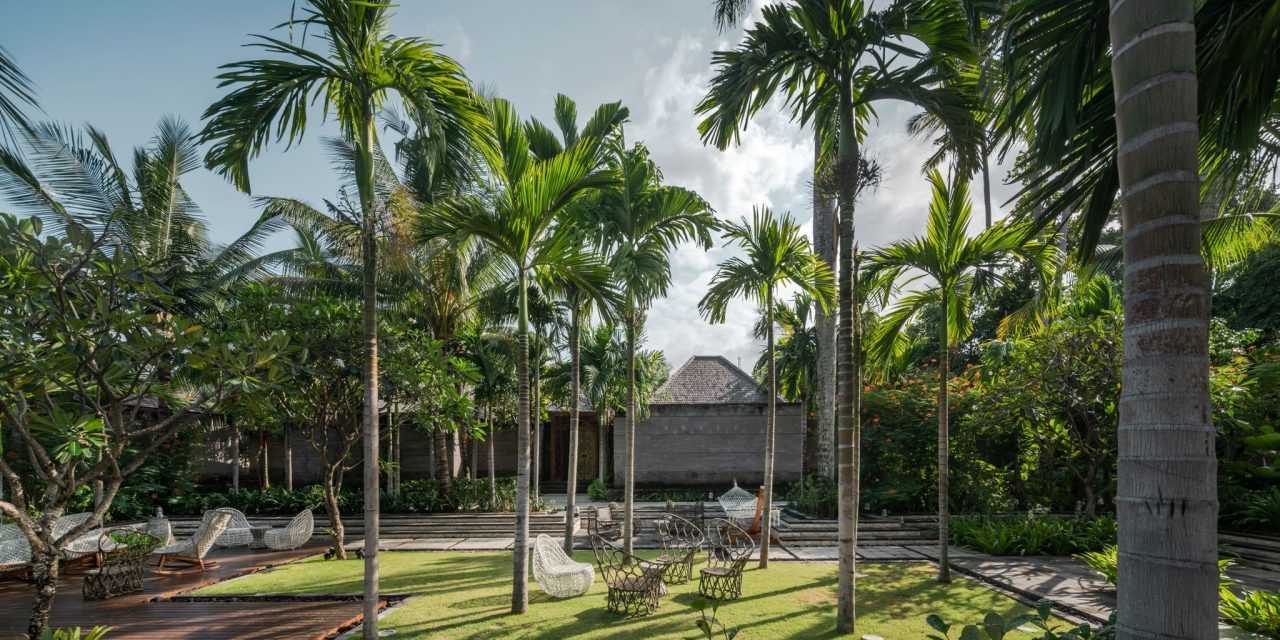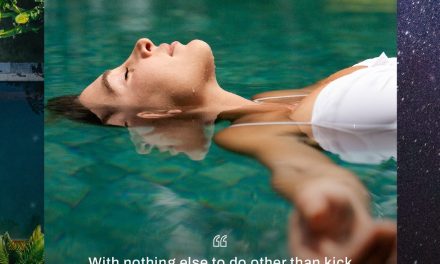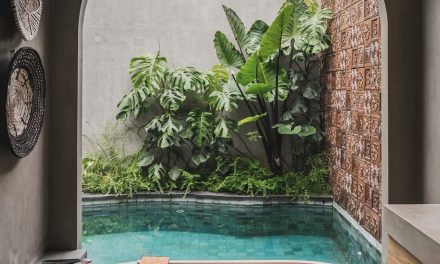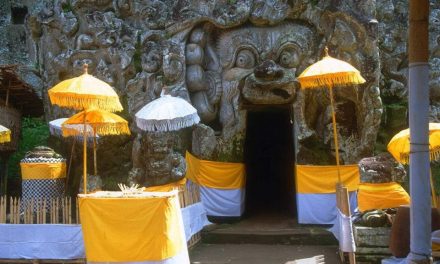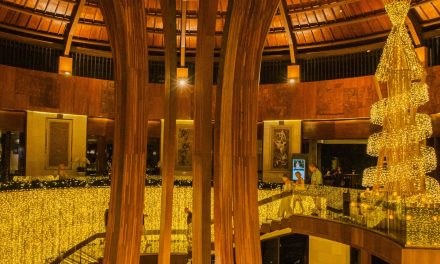Ah, Tanah Lot—a place where the mystical beauty of Bali and the breathtaking sunsets come together to create one of the most magical photography spots on earth. As someone who has had the pleasure of standing on those rocky shores, taking in the salty breeze, and watching the sun dip below the horizon, I can assure you that capturing that beauty through long exposure photography is an experience like no other.In this article, we’ll dive into the techniques for long exposure photography at Tanah Lot, share a few personal anecdotes, and provide practical advice to help you make the most of your photography session.
Why Long Exposure?
Before we get into the techniques, let’s talk about why you’d want to use long exposure photography in a place like Tanah Lot. Long exposures can transform the ordinary into the extraordinary—think smooth, dreamy water that contrasts beautifully with the rugged coastline and vibrant colors of the sunset.
When I first experimented with long exposure at Tanah Lot, my mind was blown. The way the waves blurred into this ethereal flow around the temple created a scene that felt almost otherworldly. It’s one thing to see it in person, but capturing it in a photograph allowed me to share that beauty with others.
The Right Gear
To get started, you don’t need an arsenal of equipment, but there are some essentials that can elevate your shots:
1. Camera: A DSLR or mirrorless camera will give you the control needed for long exposures.
2. Tripod: This is non-negotiable! A sturdy tripod will keep your camera still and help prevent any shake during long exposure.
3. Neutral Density (ND) Filters: These filters reduce the amount of light entering your lens, allowing you to use slower shutter speeds even in bright conditions. If you’re taking photos during the day at Tanah Lot, ND filters are your best friend.
4. Remote Shutter Release: This accessory helps prevent camera shake further when you take your shot.
Timing is Everything
One of the best times for long exposure photography at Tanah Lot is during the golden hour—right before sunset. This is when the lighting is soft and warm, casting stunning reflections on the water and the rocks.
When I was there last, I arrived about an hour before sunset. The local crowd was bustling, but that gave the scene life. I set up my tripod near the water’s edge to capture the waves rolling in, blending soft pastels with the deep blues of the evening sky.
Planning Your Composition
A composition is not just about placing your subject in the frame. It’s about telling a story. At Tanah Lot, the focal point is arguably the iconic sea temple perched atop a rock, surrounded by the rolling sea waves.
Here’s a scenario: Imagine standing at the cliff’s edge where the temple’s silhouette is against the glowing sky. Use leading lines—perhaps the shoreline or the direction of incoming waves—to draw your viewer’s eye to the temple. When it comes to long exposure, remember to include something in the foreground to add depth to your shot.
Adjusting Your Settings
Now, let’s get technical for a moment. For long exposure shots at Tanah Lot, I usually start with these general settings:
– ISO: Keep it low—100 or 200—to reduce noise.
– Aperture: A smaller aperture (higher f-number, like f/8 or f/11) will help you achieve a deeper depth of field and keep more of the image in focus.
– Shutter Speed: This is where the magic happens. For long exposures, you might use shutter speeds ranging from 1 second to several minutes, depending on the effect you want.
Tip: If you’re using ND filters, your shutter speeds can stretch even longer without overexposing your image.
Experimenting with Different Techniques
While you’re at Tanah Lot, don’t hesitate to experiment with various long exposure techniques:
1. Water Motion: Focus on the waves using longer exposures (around 3-10 seconds) to create that silky, smooth water effect. You can really see how the waves interact with the rocky formations!
2. Cloud Movement: If there are clouds in the sky, consider leaving your shutter open for 30 seconds or more. This will create a beautiful soft blur that adds depth to the sky.
3. Light Trails: If you visit during twilight when the lights start to come on around the temple, you can capture the movement of people or boats in your frame—this could be a breathtaking long exposure scene!
I’ll never forget the moment I captured the last remnants of sunlight as it slipped beneath the horizon, with waves blurring into a cascade of white foam around the delicate silhouette of Tanah Lot—pure photographer’s bliss!
Post-Processing Magic
Once you’ve captured your images, don’t forget that post-processing can enhance your long exposure shots further. Programs like Adobe Lightroom and Photoshop can help you adjust exposure, contrast, and color balance. You can bring out the subtle hues of the sunset and enhance the calmness of the water.
Final Thoughts
Long exposure photography at Tanah Lot isn’t just about snapping a picture; it’s about capturing a feeling, a moment in time that feels tranquil and surreal. It’s about immersing yourself in your surroundings and letting your creativity flow—just like the waves of the ocean.So pack your gear, head to Tanah Lot, and let the waves inspire your photography journey. Remember—patience is key, and the best shots often come when you least expect them! Happy shooting!

